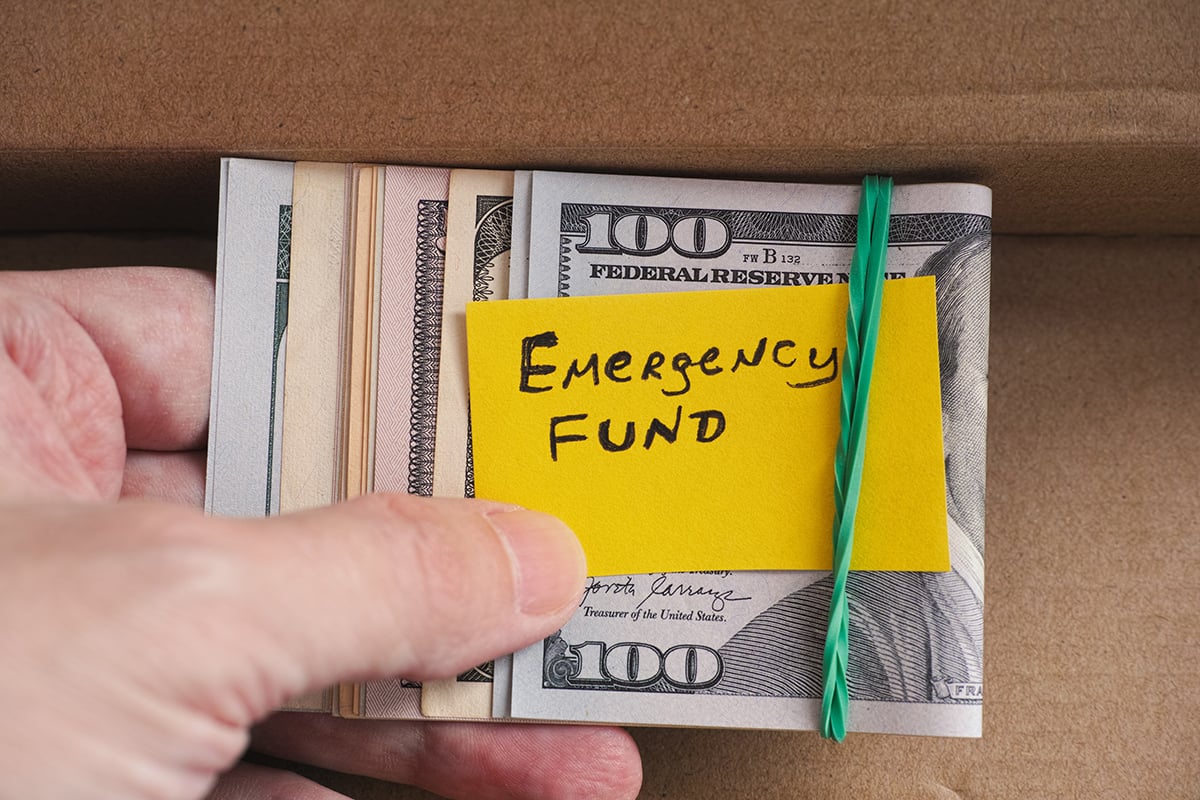In the face of economic unpredictability, an emergency fund becomes a vital element of your financial planning. However, the suitable size of this fund varies based on individual factors such as your household and profession, as advised by financial specialists.
Unfortunately, most Americans are not adequately prepared to handle financial emergencies, as revealed by a recent CNBC/Momentive survey involving over 4,000 US adults. The survey found that more than half of the American population lacks an emergency fund; of those with one, 40% hold less than $10,000.
Although conventional wisdom suggests maintaining enough reserve to support three to six months’ living costs, some experts suggest a more sophisticated strategy.
Andy Baxley, a certified financial planner at The Planning Center in Chicago, explains, “Rules of thumb neglect numerous crucial aspects, such as the volatility of your sector, the stability and predictability of your income, and your self-employment status.”
Job security is an essential factor The ideal emergency savings amount should be based on how long it might take to substitute your current income after a job loss, according to Niv Persaud, a CFP and managing director at Transition Planning & Guidance in Atlanta.
Despite potential recession risks, the labour market has remained resilient, with the unemployment rate being 3.4% in April, the lowest since 1969. Layoffs have occurred in sectors such as technology, finance, healthcare, and retail in 2023, but it has yet to lead to a frantic job hunt.
A survey by ZipRecruiter revealed that 55% of workers who were laid off in December or January secured new jobs by the end of January. Typically, it took seven weeks for workers to land a new job. Workers in advertising, the auto industry, and technology were the most likely to have already secured new positions.
However, Persaud noted that “for higher-income individuals, the job search process is more prolonged.” He recommends his clients maintain a nine-month emergency fund – covering rent or mortgage, utilities, food, and other essentials – for dual-income households and a one-year buffer for single-income families.
Kevin Brady, a CFP and vice president at Wealthspire Advisors in New York, also tailors his advice to his clients’ job security. He suggests a three-month emergency fund for two-income families with secure jobs and a six-month fund for one-income families with stable employment. But for a single-income family with “highly variable pay”, he suggests nine-month emergency savings.
Consider correlated income levels Dual-income households should also consider the correlation between the two incomes. “If both of you work in tech sales, chances of both losing your jobs simultaneously are higher than if one of you was, for instance, a professor,” said Baxley. He usually recommends a larger emergency fund when income is highly correlated.
Personal comfort plays a significant role in determining the right amount for your fund. “If a calculation suggests $20,000 as an emergency fund, but you can’t find peace of mind with anything less than $40,000, then $40,000 is likely your correct amount.”
Financial stability during economic uncertainty is less about following set formulas and more about adopting a strategy tailored to your unique circumstances. Considering factors such as job security, income variability, and personal comfort level can help individuals create an emergency fund that truly serves its purpose. A thoughtful approach to financial planning will always provide peace of mind and financial resilience regardless of economic conditions.







